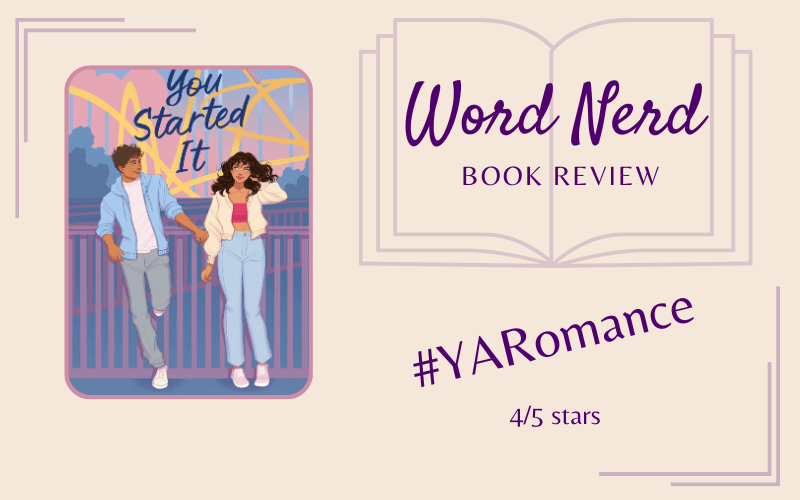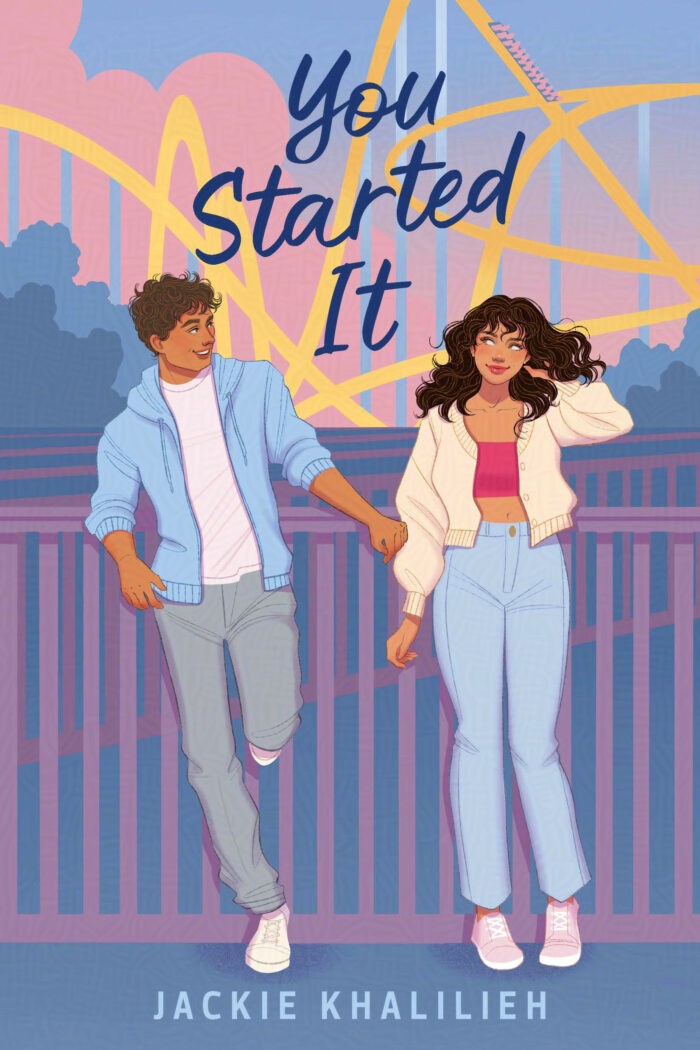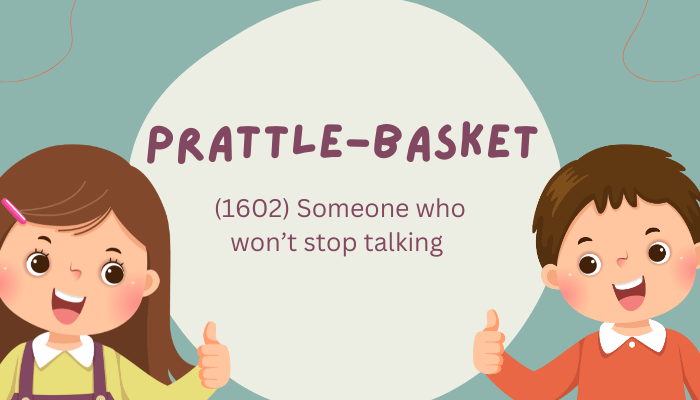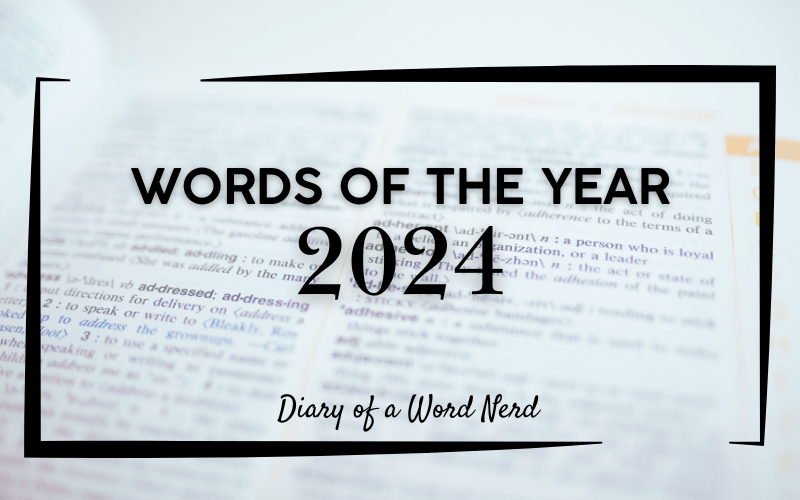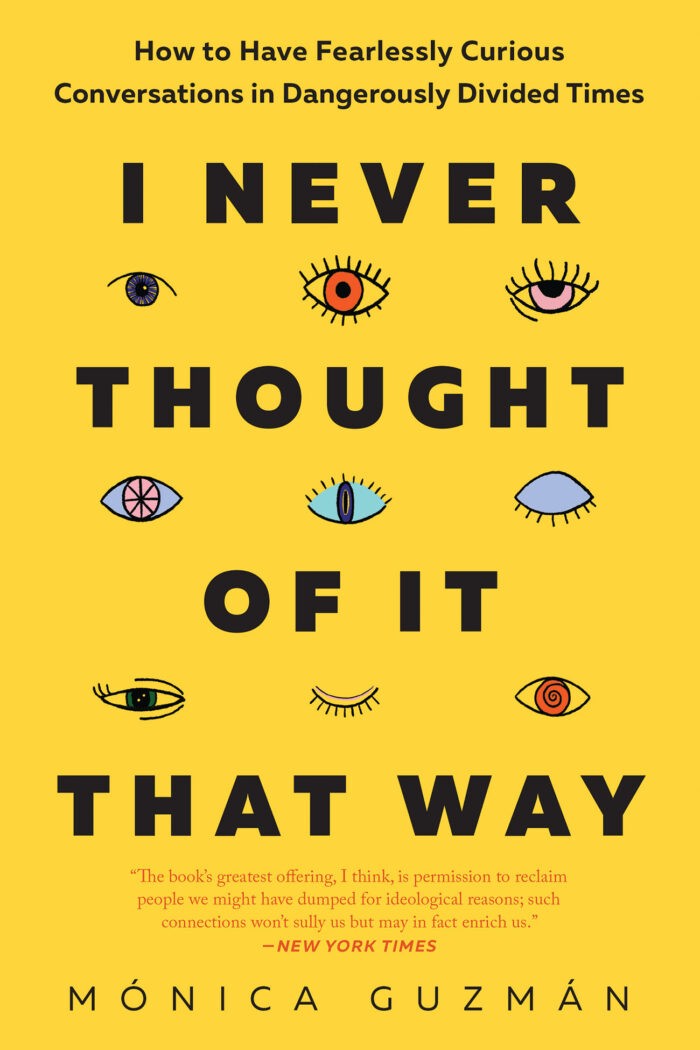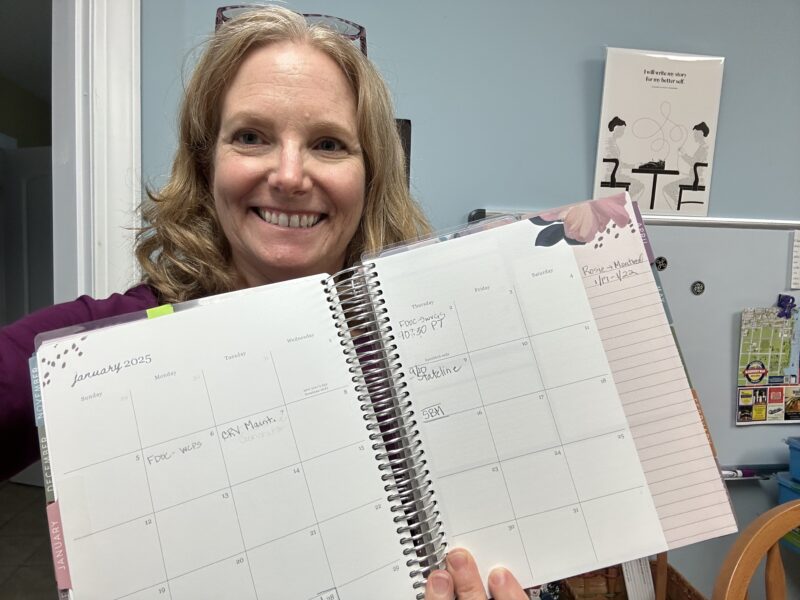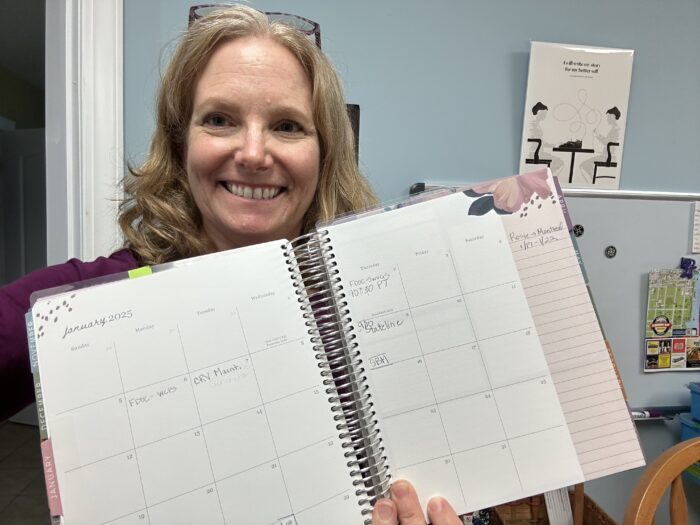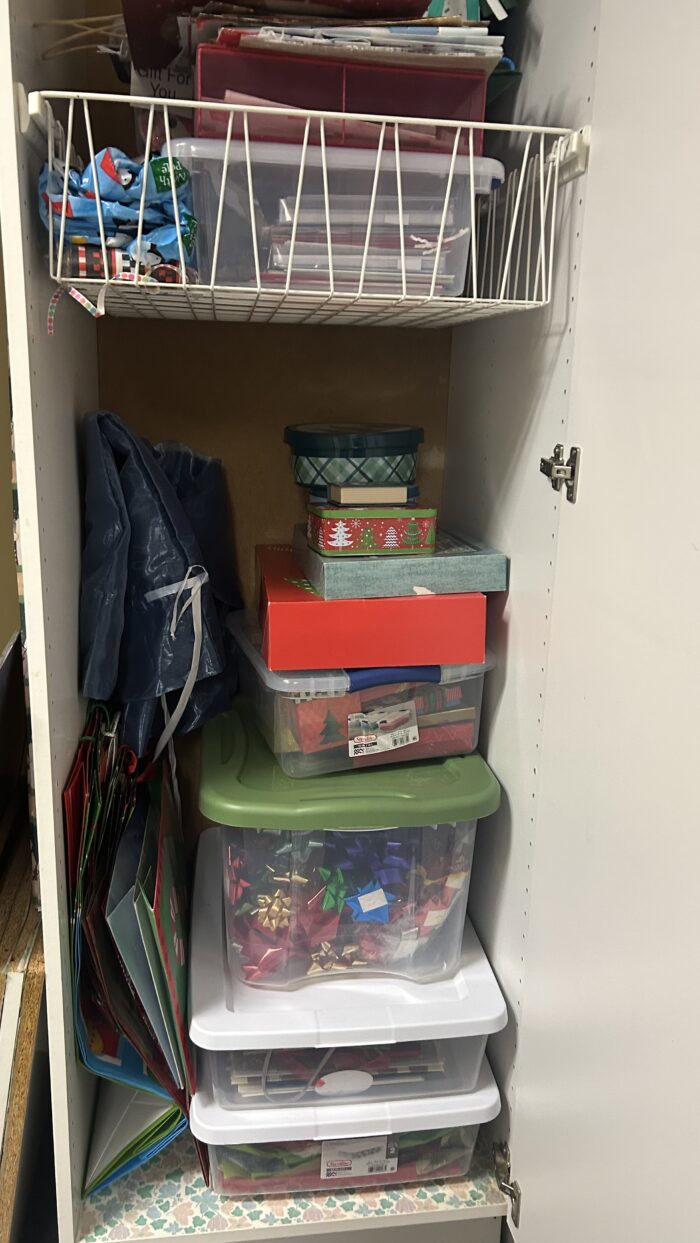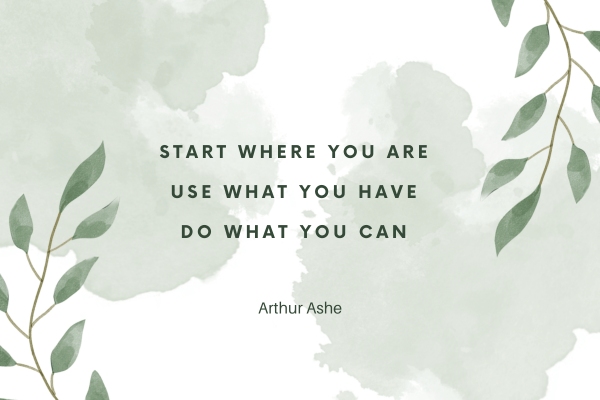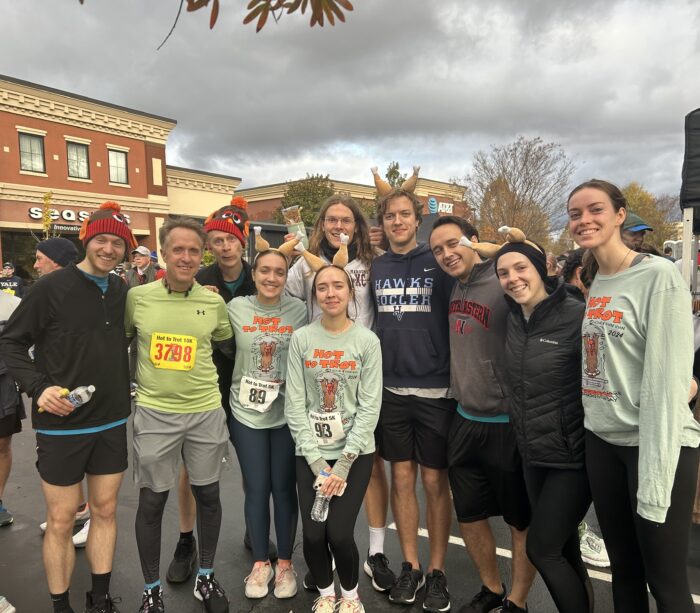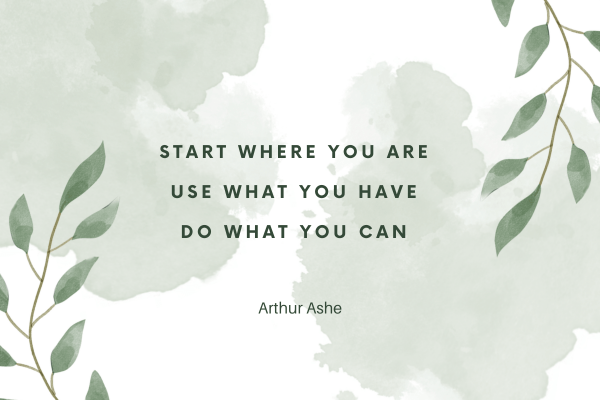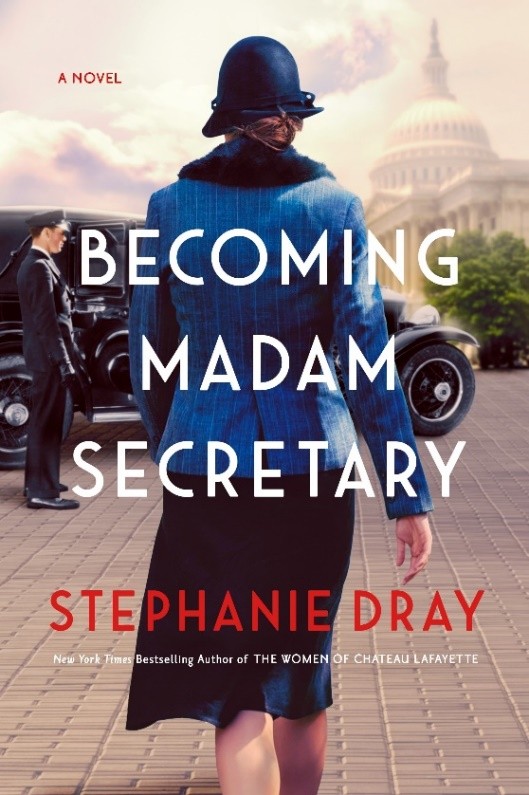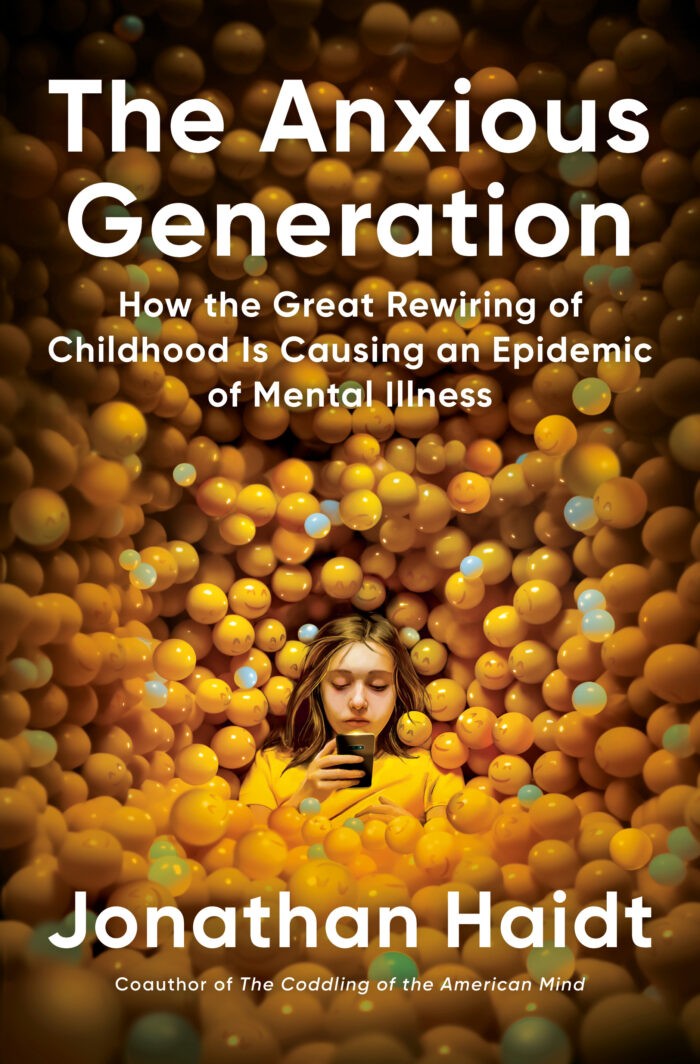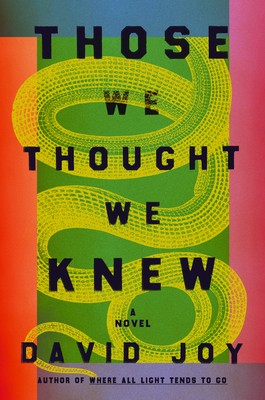As a YA author, I enjoy, and learn from, reading books similar to mine. You Started It by Jackie Khalilieh caught my eye because its main character shares lots of characteristics, like anxiety and obsessive organization, with one of my MCs.
Jamie Taher-Foster can’t wait for her boyfriend Ben to return from summer camp so they can tackle all of the activities on her senior year bucket list. But his first day home, Ben breaks up with Jamie, triggering her anxiety and kicking off a master plan to win him back. Enter Alexander “Axel” Dahini, a dancer and YouTube star who agrees to pose as Jamie’s boyfriend so she can make Ben jealous. And Jamie can help Axel with his parents by pretending to be his “good Arab girlfriend.” Jamie even drafts a contract to define the limits of her relationship with Axel, but free spirited Axel never signs it, and Jamie’s plotting falls apart.
What I liked
This is a fun YA romance with a “fake dating” trope that works. The chemistry and banter between Axel and Jamie works well, and each of them discovers something important about themselves over the course of their unusual relationship. It was interesting to learn a little about Arab culture – honestly, I would have liked to see more. Khalilieh tackles relevant issues for teens, including self-discovery, strained family relationships, and learning to make healthy choices. Jamie battles anxiety and demonstrates constructive ways to manage it – most of the time. When she doesn’t, she deals with the consequences. The cast of characters is diverse and interesting.
What I didn’t like
Sometime the dialogue, especially for the teen characters, felt too on the nose or heavy handed with counselor speak. However, since Jamie has anxiety and works with a counselor, perhaps it’s reasonable to expect her to adopt some of the language from her therapy sessions. I did at times feel like I was being hit over the head with character revelations and would have preferred that the author allow me to draw my own conclusions instead of so blatantly pointing them out to me.
Recommendation
You Started It is a fun YA romance that would appeal to fans of Jenny Han or Nicola Yoon. It tackles relevant issues for teens and explores healthy ways to manage communication, relationships, and mental health.
You Started It will release May 2025. Check it out!
Can you recommend a fun YA romance, just in time for spring?
Thanks for getting nerdy with me!



